Home>Dining>Tableware>In Which Direction Should A Dining Room Table Face?
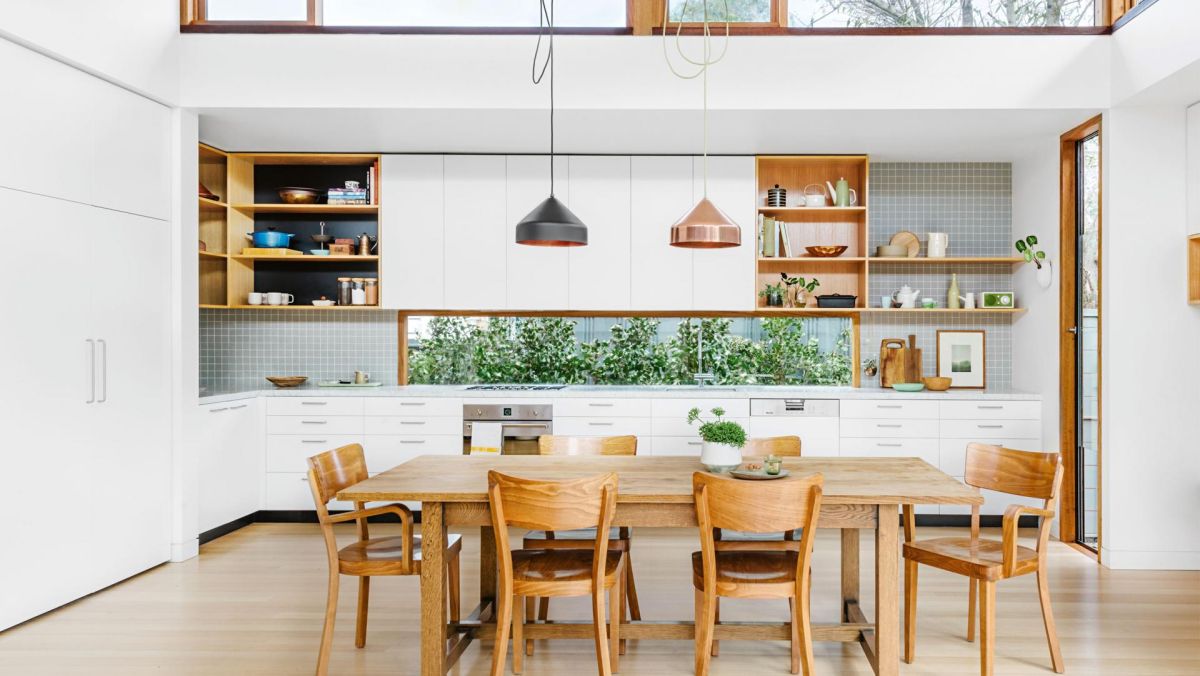

Tableware
In Which Direction Should A Dining Room Table Face?
Modified: May 6, 2024
Discover the best direction for your dining room table! Explore the perfect placement and arrangement of tableware for optimal functionality and style.
(Many of the links in this article redirect to a specific reviewed product. Your purchase of these products through affiliate links helps to generate commission for Storables.com, at no extra cost. Learn more)
Introduction
Choosing the direction for a dining room table may seem like a simple task, but it can have a significant impact on the overall ambiance and functionality of the space. The dining room table is not only a functional piece of furniture, but it also serves as the focal point of the room and plays a crucial role in creating a welcoming and harmonious atmosphere for meals and gatherings.
When considering the direction in which a dining room table should face, it is essential to take into account several factors that will influence your decision. These factors include the natural light and views, room layout and traffic flow, the focal point and architecture of the room, family and social interaction, personal preference and style, as well as practicality and functionality.
By carefully evaluating these factors, you can ensure that the direction of your dining room table aligns with your needs and preferences, creating a space that is both aesthetically pleasing and practical for everyday use.
In the following sections, we will explore these factors in more detail and provide insights to help guide you in determining the ideal direction for your dining room table.
Key Takeaways:
- The direction of your dining room table should optimize natural light, views, and traffic flow, while highlighting architectural features and promoting family interaction for an inviting and aesthetically pleasing dining experience.
- Personal style, practicality, and functionality should guide the direction of your dining table, ensuring it reflects your unique taste, accommodates your needs, and creates a comfortable and enjoyable space for meals and gatherings.
Read more: Which Direction Should A Showerhead Face
Factors to Consider when Choosing the Direction for a Dining Room Table
When selecting the direction for your dining room table, careful consideration should be given to various factors that will impact the overall functionality and aesthetics of your space. Let’s take a closer look at these key factors:
- Natural Light and Views: The direction of your dining room table can significantly affect the amount of natural light that enters the space. Consider positioning the table near a window or patio doors to take advantage of the natural light and provide an enjoyable dining experience. Additionally, if you have a beautiful view, aligning the table in a way that allows guests to appreciate the scenery can enhance the overall dining ambiance.
- Room Layout and Traffic Flow: Assessing the room’s layout and traffic flow is essential in determining the ideal direction for your dining table. Consider the location of doors, windows, and other furniture in the room. Ensure there is ample space around the table for easy movement and that it is conveniently accessible without obstructing pathways. This will contribute to a seamless dining experience.
- Focal Point and Room’s Architecture: The dining room table often serves as the centerpiece of the space. Consider the architectural features of the room, such as a fireplace or a beautiful chandelier, and align the table in a way that highlights these focal points. This will create a visually appealing and balanced atmosphere.
- Family and Social Interaction: The dining room is a gathering place for family and friends. Consider how the direction of the table can facilitate conversation and interaction. Placing the table in a way that allows everyone to have eye contact and engage in conversation will create a warm and inviting atmosphere for meals and gatherings.
- Personal Preference and Style: Your personal preference and style play a crucial role in determining the direction of your dining room table. Consider the overall aesthetics and theme of your dining room. Whether you prefer a formal and symmetrical layout or a more casual and eclectic style, choose a direction that complements your personal taste and enhances the overall design of the space.
- Practicality and Functionality: Lastly, practicality and functionality should not be overlooked when choosing the direction for your dining room table. Consider factors such as the size and shape of the table, the number of people it needs to accommodate, and whether you need to incorporate additional seating options. Choosing a direction that optimizes space and functionality will ensure a comfortable and enjoyable dining experience.
By carefully evaluating these factors, you can make an informed decision about the direction of your dining room table. Remember to prioritize your needs and preferences to create a space that is both visually appealing and conducive to enjoyable dining experiences.
Natural Light and Views
One of the most important factors to consider when choosing the direction for your dining room table is the natural light and views available in the space. Natural light can significantly enhance the ambiance of the room and create a warm and inviting atmosphere for meals.
Positioning the dining room table near a window or patio doors can maximize the amount of natural light that enters the space. This not only brightens up the room but also allows diners to enjoy the beauty of the outdoors while dining. If you have a picturesque view, such as a garden or a scenic landscape, aligning the table in a way that offers a view can add an extra element of beauty to your dining experience.
In situations where the dining room does not have access to ample natural light or a scenic view, you can consider using mirrors strategically to reflect light and create the illusion of a more open and bright space. Placing a mirror on the wall opposite the window can help bounce light around the room and make it appear more spacious.
It’s also important to consider the direction of sunlight throughout the day when deciding on the placement of your dining table. For example, if your dining room gets a lot of direct sunlight in the afternoon, you may want to avoid placing the table directly in the path of the sun’s rays, as it can create uncomfortable glare and heat. Instead, position it in a way that allows for diffused and indirect light.
By taking into account the natural light and views available in your dining room, you can choose the direction for your dining table that will optimize the use of natural light, create a pleasant dining environment, and make the most of any stunning views at your disposal.
Room Layout and Traffic Flow
Room layout and traffic flow are crucial considerations when deciding on the direction for your dining room table. It is important to ensure that the table placement allows for easy movement around the space and does not disrupt the flow of traffic within the room.
First, consider the overall layout of your dining room. Take note of the location of doors, windows, and architectural features. You want to avoid placing the table in a position that obstructs these elements or limits access to them. For example, if there is a beautiful bay window in the room, you may want to position your dining table nearby to take advantage of the view, while still leaving enough space for easy movement around the table.
In addition to considering the fixed features of the room, it’s also important to think about how the table placement will affect the flow of traffic within the space. You’ll want to ensure that there is enough space for chairs to be pulled out comfortably and for people to move around the table without feeling cramped.
If your dining room is part of an open-concept layout, where it is connected to other areas such as the kitchen or living room, consider how people will move through the space as they go about their daily activities. Placing the dining table in a way that allows for smooth transitions between different areas will contribute to a harmonious flow and make the space feel more cohesive.
Another aspect to consider is the position of the table in relation to other furniture in the room. It’s important to create a sense of balance and proportion. If you have a buffet or sideboard, for example, you may want to align the dining table in a way that allows for easy access to these pieces and creates a visually appealing arrangement.
By taking into account the room’s layout and traffic flow, you can select the direction for your dining room table that promotes easy movement, maintains a harmonious flow, and optimizes the functionality of the space.
Focal Point and Room’s Architecture
Considering the focal point and the architecture of the dining room is essential when deciding on the direction for your dining room table. The dining table serves as the centerpiece of the room, and its placement should enhance the overall aesthetics and balance of the space.
First, assess the architectural features of the room. Is there a stunning fireplace, a beautiful chandelier, or a grand window? These elements determine the focal points of the room and can guide you in determining the ideal placement for your dining table.
If you have a fireplace, positioning your dining table near it can create a cozy and intimate atmosphere. This allows you to enjoy the warmth and ambiance of the fire while dining. Make sure to leave enough space between the table and the fireplace to ensure safety and comfort.
If you have a captivating chandelier or pendant light fixture, consider aligning the dining table with the center of the lighting feature. This creates a balanced and visually appealing arrangement. The chandelier can act as a focal point that draws attention to the table and adds an elegant touch to the dining experience.
Furthermore, the architectural style of the room should also influence the direction of the table. If your dining room has unique architectural details, such as archways, columns, or decorative moldings, positioning the dining table to highlight these features can enhance the overall design and make the most of the room’s architecture.
Additionally, if your dining room has large windows or French doors that offer a beautiful outdoor view, consider aligning the table in a way that allows diners to enjoy the scenery. This not only enhances the visual appeal of the space but also creates a serene and calming ambiance.
By considering the focal points and the architectural elements of the room, you can choose the direction for your dining room table that enhances the overall aesthetics, highlights the room’s architecture, and creates a visually pleasing dining environment.
A dining room table should ideally face the entrance or the focal point of the room, such as a fireplace or a beautiful view. This creates a welcoming and visually appealing layout for the space.
Read more: Which Direction Should A Wall Clock Face
Family and Social Interaction
When choosing the direction for your dining room table, it is important to consider how it will facilitate family and social interaction. The dining room is often a gathering place for family meals, celebrations, and entertaining guests, so creating an environment that encourages conversation and connection is key.
One important aspect to consider is the seating arrangement. Placing the table in a way that allows everyone to have eye contact and engage in conversation contributes to a more interactive dining experience. Round or oval tables, for example, can be great options as they allow for better visibility and create a sense of intimacy among diners.
In addition to the dining table itself, consider the surrounding space. Make sure there is enough room for chairs to be pulled out comfortably without bumping into walls or other furniture. This will encourage ease of movement and promote a more inclusive and relaxed dining atmosphere.
If you have a large family or frequently host guests, you may want to consider a table with extension leaves or additional seating options. This allows for flexibility in accommodating different group sizes and ensures that everyone can comfortably gather around the table.
Another aspect to think about is the overall arrangement of the dining room. Consider the proximity to the kitchen or other social areas of the house. If the dining room is adjacent to the kitchen, for example, aligning the table in a way that promotes easy flow between the two spaces can enhance the social dynamic, allowing for seamless interaction during meal preparation and serving.
Lastly, consider any specific needs or preferences of your family members. If you have young children, for example, you may want to position the table away from delicate or breakable items to avoid accidents. Similarly, if you have elderly family members, ensuring that the table is easily accessible without the need to navigate stairs or obstacles can greatly enhance their dining experience.
By prioritizing family and social interaction when selecting the direction for your dining table, you can create a warm and inviting space that fosters meaningful connections and enjoyable gatherings.
Personal Preference and Style
Personal preference and style play a significant role in determining the direction for your dining room table. Your dining room should reflect your individual taste and create a space that you find visually pleasing and comfortable to be in.
Consider the overall aesthetics and theme of your dining room. Do you prefer a formal and symmetrical layout, or do you lean towards a more casual and eclectic style? The direction of the table should align with your desired atmosphere and complement the existing design elements in the room.
If your dining room has a specific theme or color scheme, choose a table direction that enhances and complements these elements. For example, if you have a modern and minimalist style, aligning the table in a clean and straight line would be appropriate. On the other hand, if your dining room features a rustic or farmhouse style, a farmhouse table positioned lengthwise can create a charming and cozy ambiance.
When considering personal preference, it’s important to think about the size and shape of the table that suits your needs and the available space. Rectangular tables are a classic choice and offer versatility in seating arrangements. Round or oval tables, on the other hand, can create a more intimate and inclusive setting. Choose a shape and size that not only fits your personal preference but also accommodates the number of people you plan to seat regularly.
Consider your personal comfort as well. If you enjoy natural light during meals, choose a direction that allows you to sit facing the window. If you have a preferred spot at the table, position it accordingly. Your personal comfort is key to enjoying your dining experiences to the fullest.
Remember, your dining room should reflect your personality and style. Don’t be afraid to be creative and think outside the box when it comes to the direction of your dining table. Trust your instincts and choose a direction that resonates with you and the overall aesthetic you want to create in your dining space.
By considering personal preference and style, you can select the direction for your dining room table that creates a space that is not only visually appealing but also resonates with your personal taste and reflects your unique personality.
Practicality and Functionality
Practicality and functionality are important factors to consider when choosing the direction for your dining room table. Your dining space should not only be visually appealing but also highly functional and conducive to everyday use.
Start by considering the size and shape of your dining room. You want to choose a table direction that optimizes the use of space and allows for comfortable seating. Rectangular or oval tables are popular choices as they offer plenty of surface area for placing dishes and allow for flexible seating arrangements.
Think about the number of people you typically entertain or dine with. If you frequently have large gatherings or host dinner parties, a longer or extendable table may be more suitable. On the other hand, if you have a smaller family or prefer more intimate gatherings, a smaller round or square table may be a better fit.
Consider the functionality of the table and how it will be used in your daily life. If you use your dining room for various activities such as working, studying, or playing games, choose a table direction that allows for flexibility and easy transformation of the space. Consider a table that can be extended or folded to accommodate different needs.
Take into account the practicality of cleaning and maintenance. Some table directions may make it easier to clean and access all areas of the table, while others may require more effort. Think about the material of the table and how it will hold up to regular use and cleaning. For example, if you have children, you may want to choose a table that is easy to wipe clean and resistant to everyday wear and tear.
Consider the placement of the table in relation to kitchen access and serving. If your dining room is adjacent to the kitchen, make sure the table is positioned conveniently for serving and clearing dishes. This will make mealtime more efficient and enjoyable.
Lastly, consider any specific needs or preferences of your household. If someone in your family has mobility issues, ensure that the table is easily accessible and that chairs can be comfortably pulled in and out. If you have young children, consider a table with rounded edges for safety.
By prioritizing practicality and functionality, you can choose the direction for your dining room table that maximizes space, accommodates your needs, and ensures seamless and enjoyable dining experiences day after day.
Conclusion
Choosing the direction for your dining room table may seem like a simple decision, but it is a critical aspect of creating a functional, inviting, and visually appealing space. By considering various factors such as natural light and views, room layout and traffic flow, focal points and room architecture, family and social interaction, personal preferences and style, as well as practicality and functionality, you can make an informed decision that meets your specific needs and enhances your dining experience.
Consider how the direction of your dining table can optimize the use of natural light and provide beautiful views, creating a pleasant ambiance. Evaluate the room layout and traffic flow to ensure easy movement and accessibility for everyone in the space. Take into account the focal points and architectural features of your dining room, positioning the table to highlight these elements and enhance the overall design.
Prioritize family and social interaction by choosing a table direction that promotes conversation and inclusivity among diners. Let your personal preferences and style guide your decision, ensuring that the direction aligns with your aesthetic vision and complements the overall theme of your dining room.
Finally, consider the practicality and functionality of the table direction, thinking about the size, shape, and ease of maintenance. Consider the needs of your household, whether it’s accommodating large gatherings, providing flexibility for other activities, or catering to specific requirements.
By evaluating these factors, you can select the direction for your dining room table that enhances the overall functionality, visual appeal, and comfort of the space. Remember, your dining room is not just a place for meals; it is a gathering spot for family and friends, a space for celebrations and conversations. Make it a place that reflects your unique style and nurtures meaningful connections while providing a practical and inviting environment for all.
Now that you've mastered the art of positioning your dining room table, why not perfect another area of your home? Our guide on arranging living room furniture offers ten essential rules that will transform your space into a functional, stylish haven. From maximizing space to enhancing comfort, these insights ensure that every piece of furniture is perfectly placed, creating an inviting atmosphere for family and guests alike.
Frequently Asked Questions about In Which Direction Should A Dining Room Table Face?
Was this page helpful?
At Storables.com, we guarantee accurate and reliable information. Our content, validated by Expert Board Contributors, is crafted following stringent Editorial Policies. We're committed to providing you with well-researched, expert-backed insights for all your informational needs.


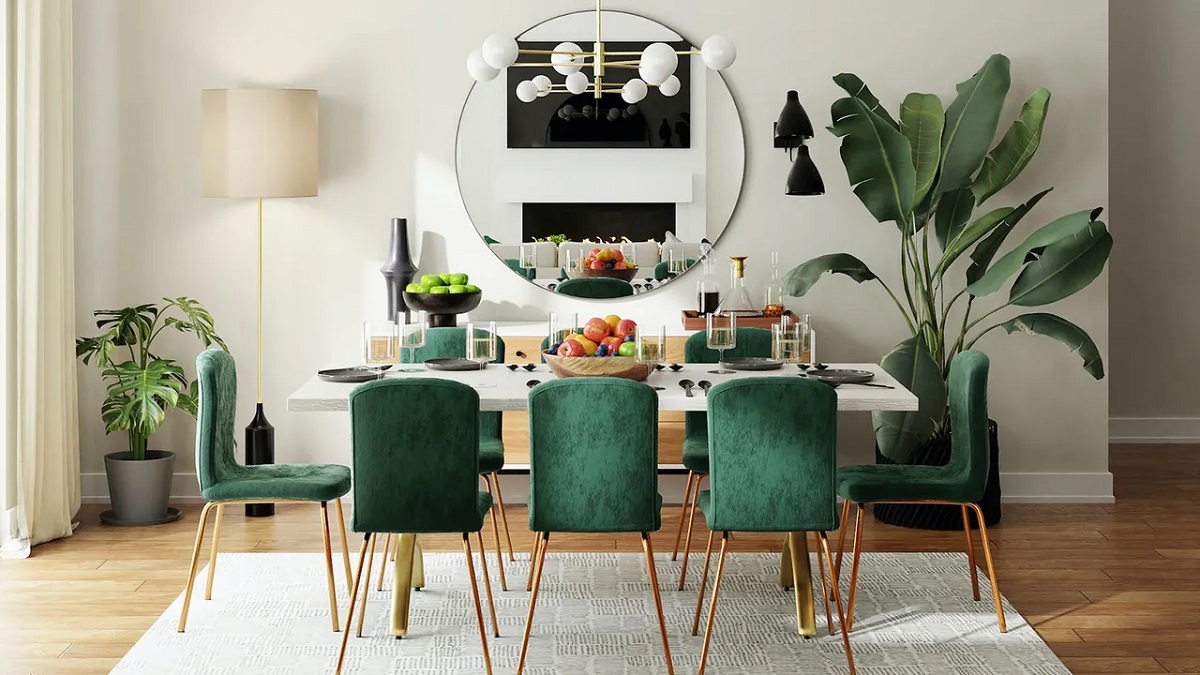
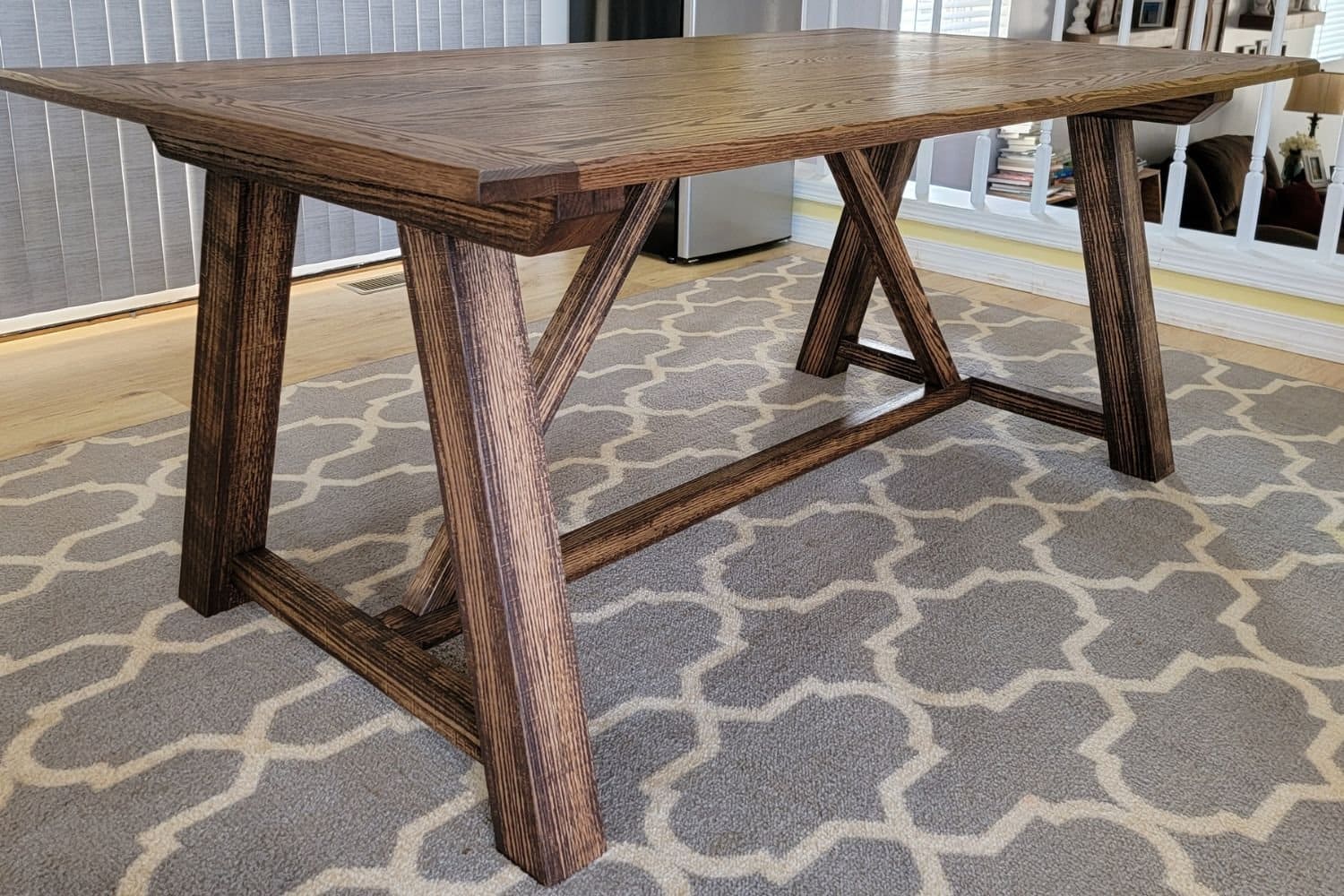
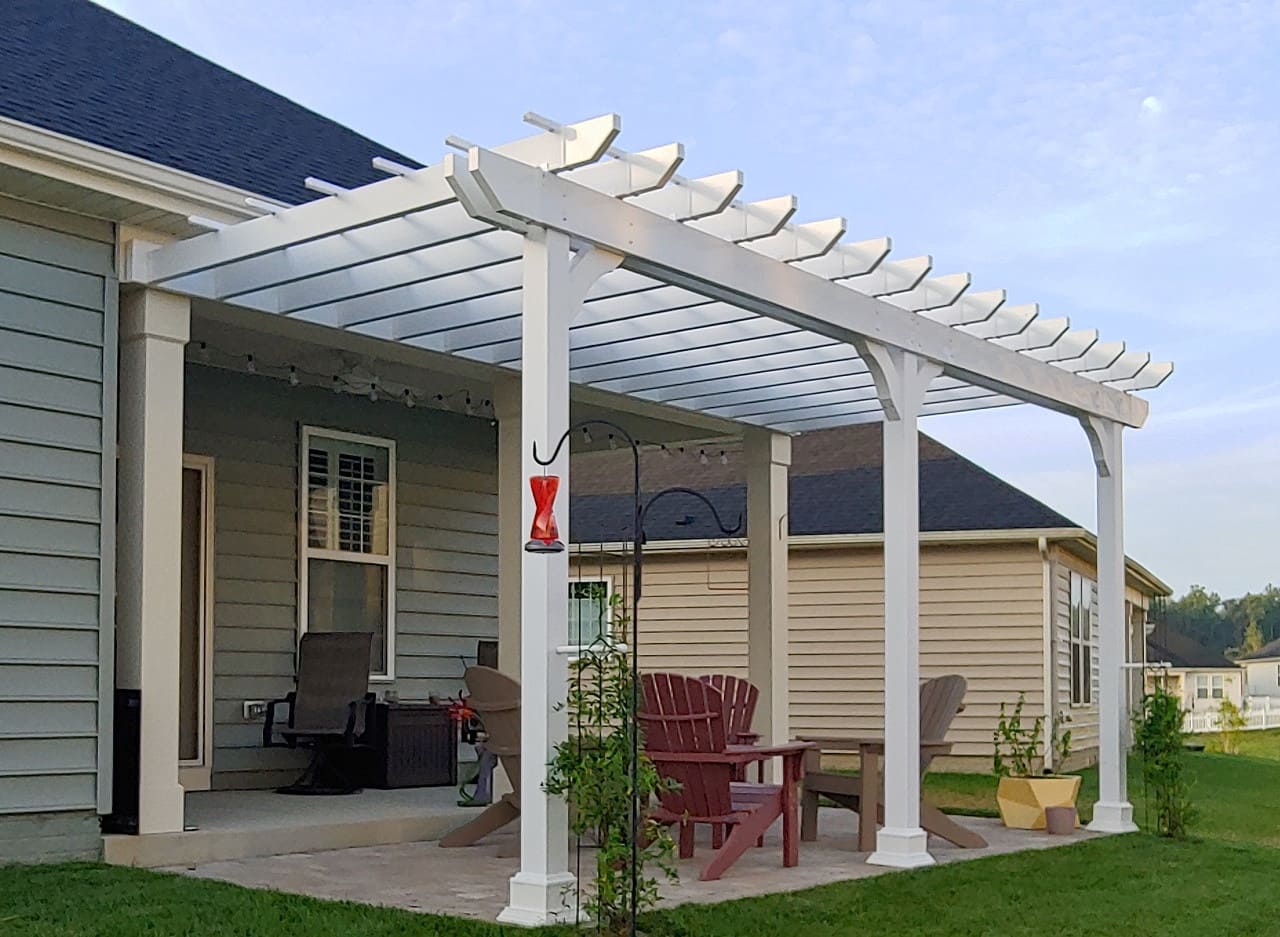
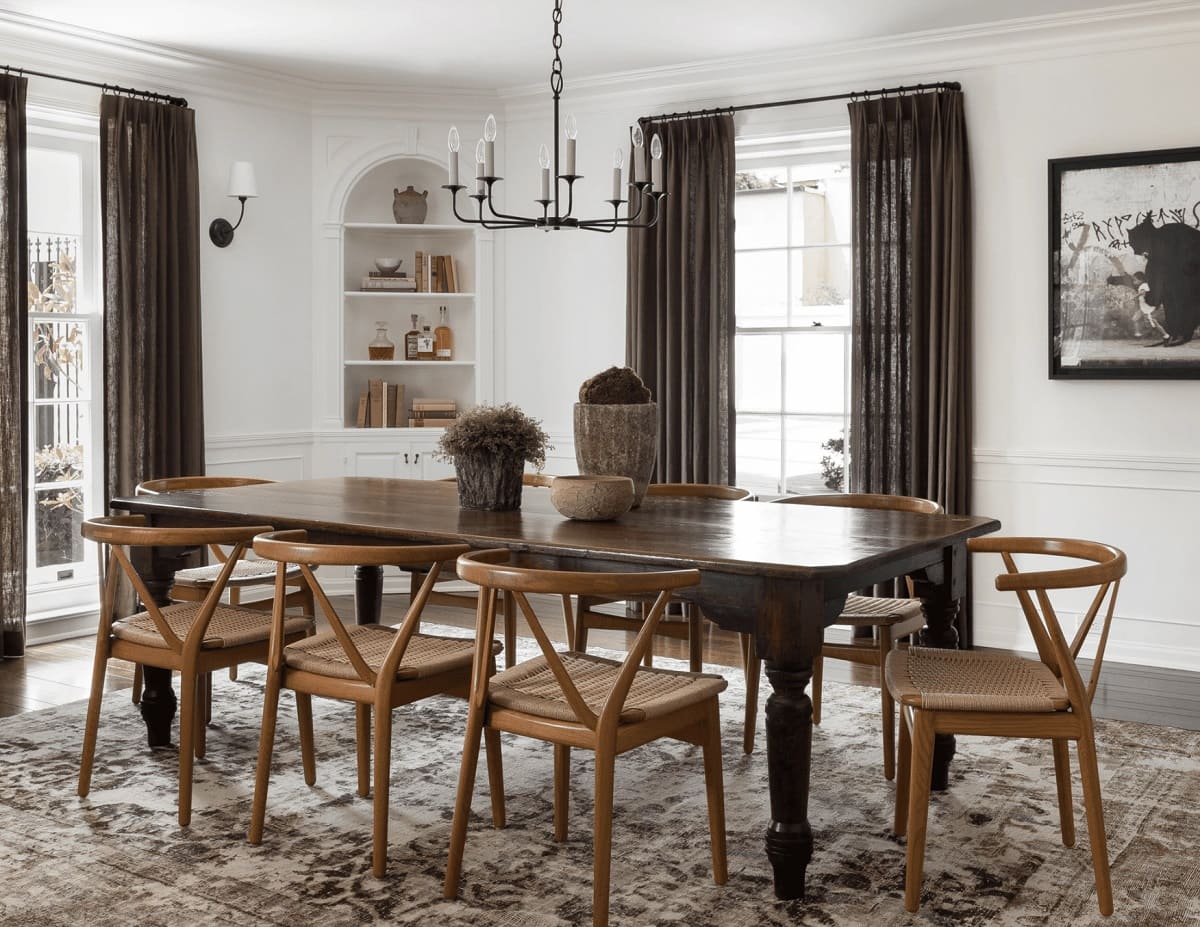
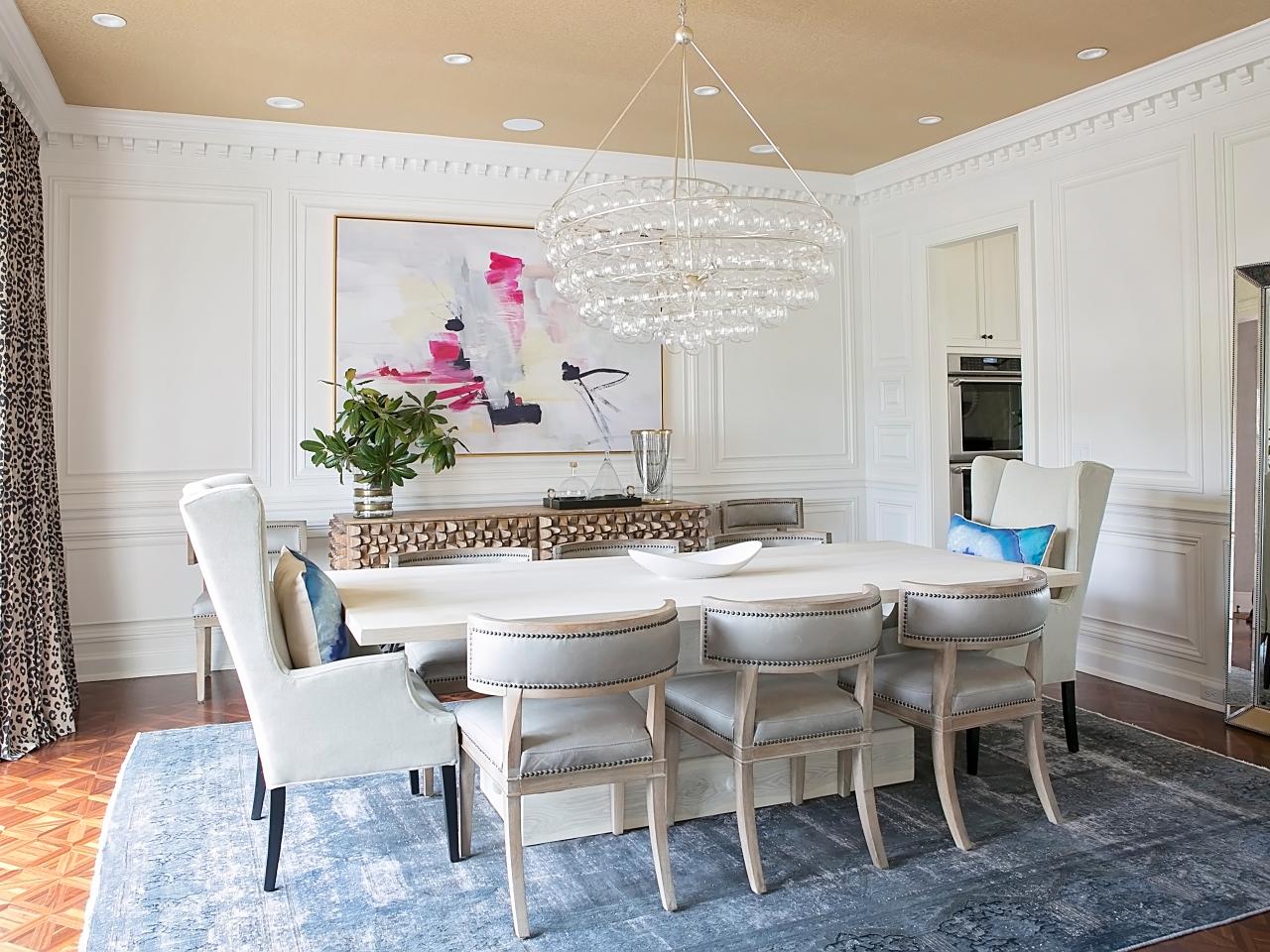

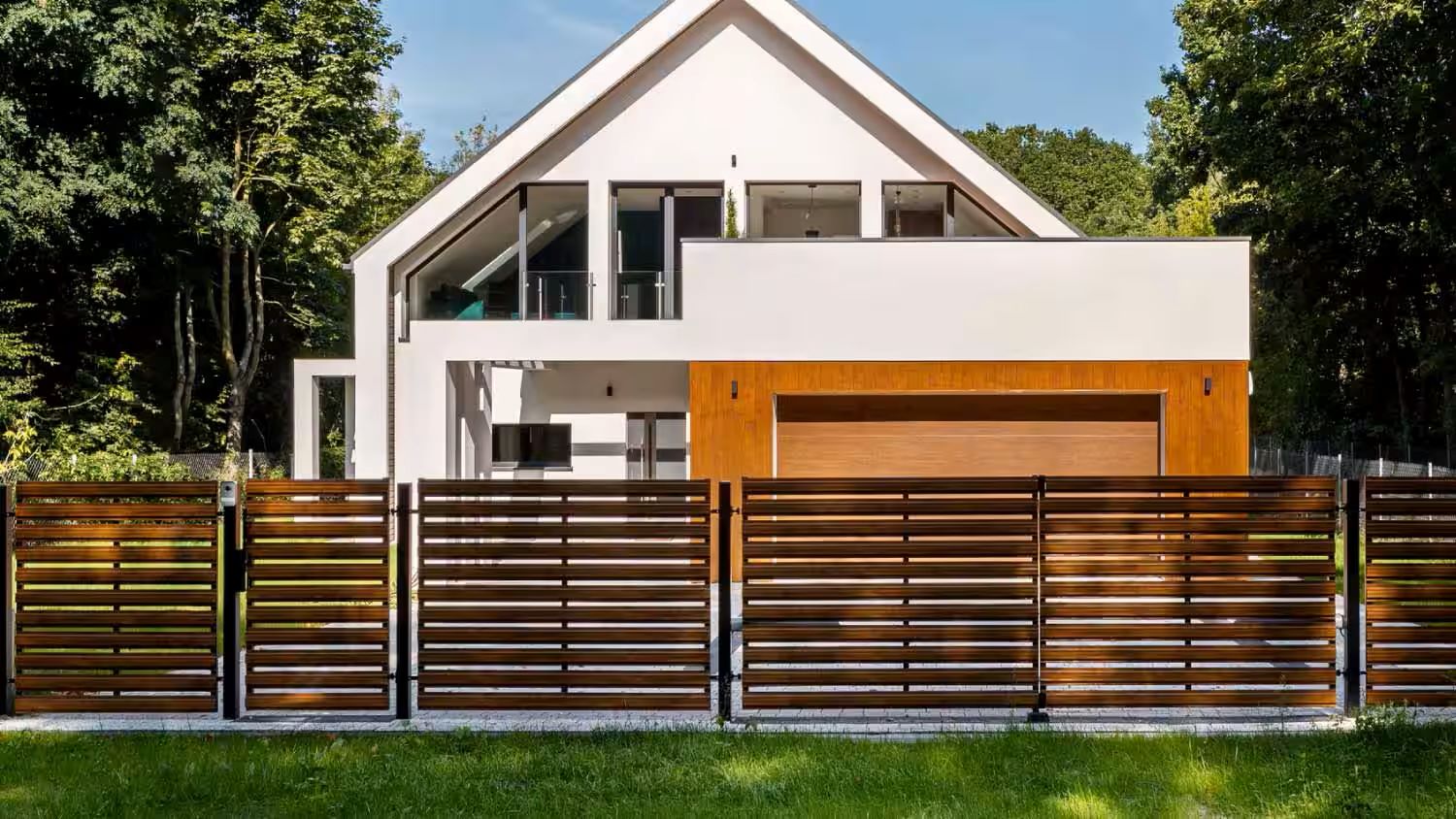
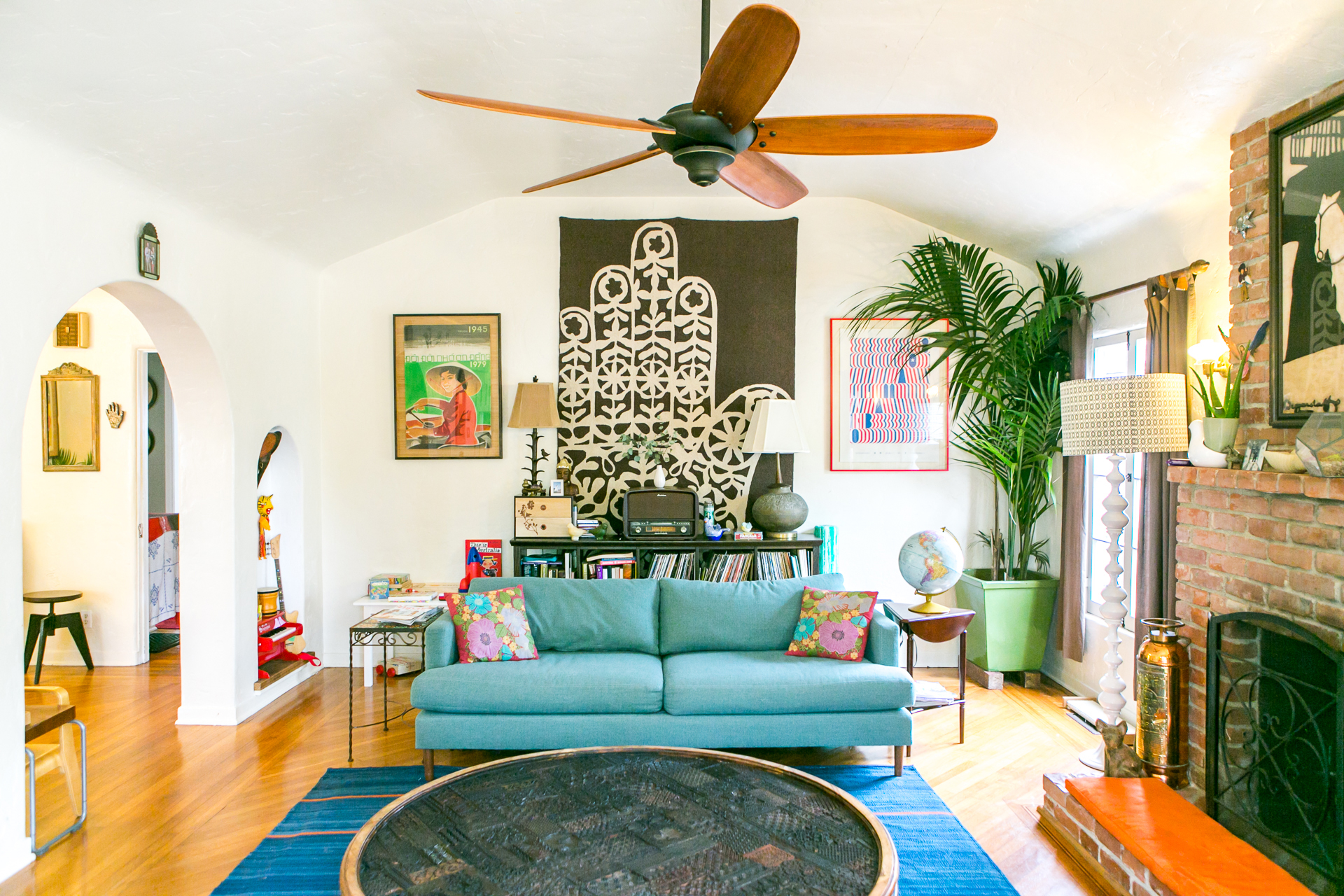

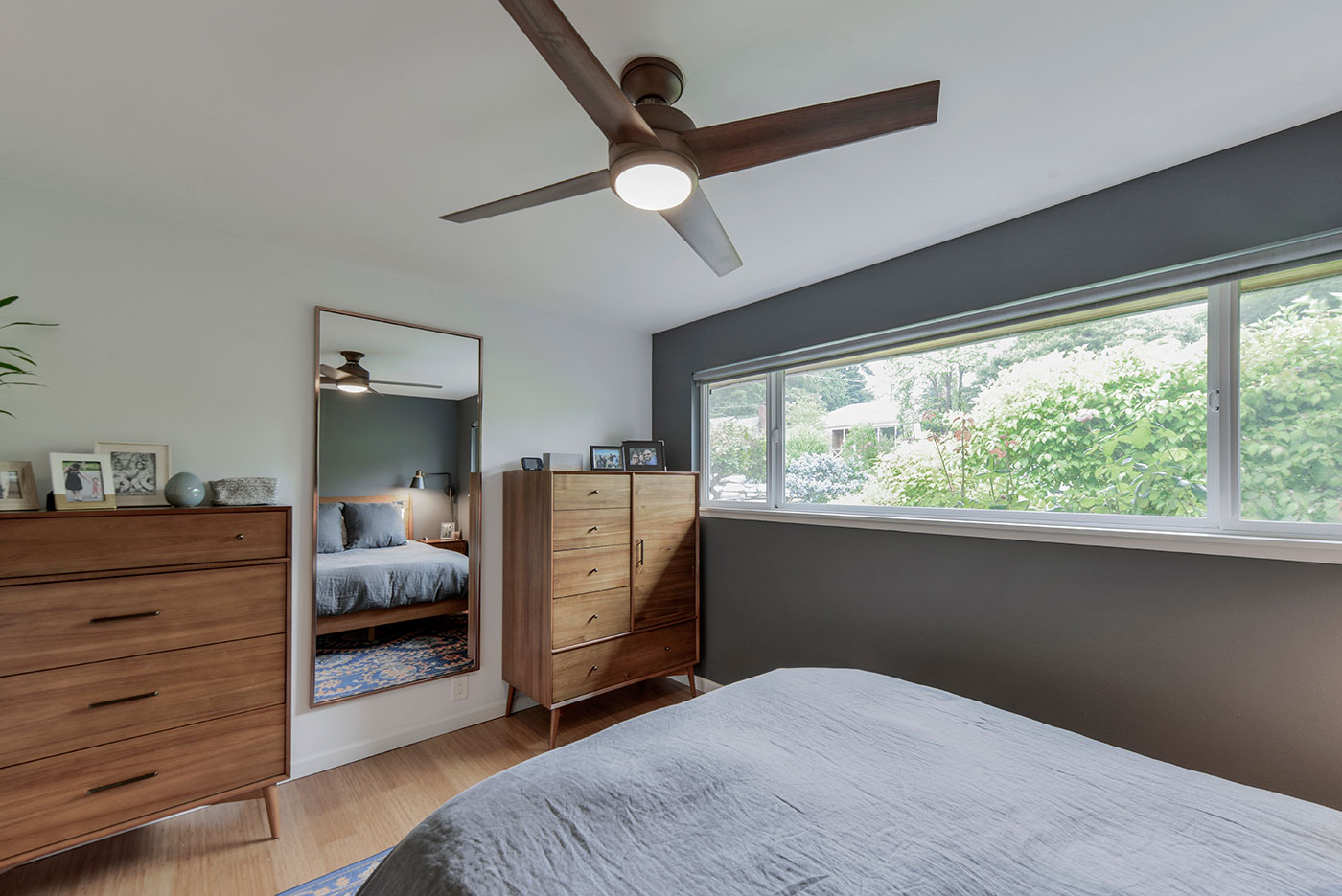

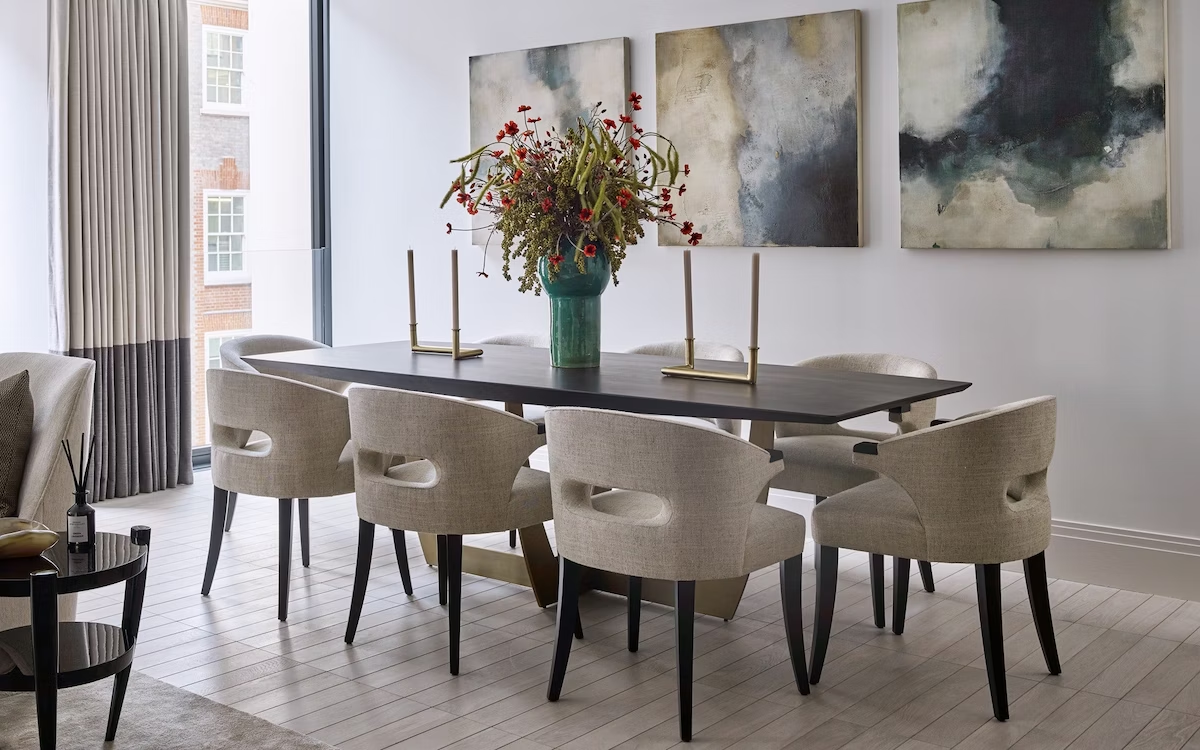

0 thoughts on “In Which Direction Should A Dining Room Table Face?”